I never loved hype.
Curiosity is a better teacher. With AI, that curiosity became a calling. I want to know how it works, how it shapes care, how to use it responsibly, and what it means for nurses and our profession.
AI is not a future promise. It already lives in our pumps, charts, schedules, and phones. So here is the real question for every nurse today: Do we let the code teach us how to care, or do we teach the code to care?
Why nurses, and why now
We sit where real life collides with policy, tech, culture, and human bodies. We see the alerts everyone ignores. We know which forms gather dust. We carry the workarounds that keep people safe when systems wobble. That is not extra credit. That is core design intelligence.
AI learns from what we feed it and how we correct it. If we are not in the loop, the loop will learn the wrong lessons. So let’s get in the loop.
Taking the wheel
This wave is moving with or without us. Nurses must step up, actively seek out AI learning opportunities, engage with development teams, and take leadership in AI projects.
- Get fluent enough that the tech stops talking over us.
- Build two-way mentorship so builders learn bedside reality, and we learn the builder’s craft.
- Pilot tools in messy workflows, not polished slide decks.
- Bake in equity and safety from the start, not as a patch after the fact.
Simply put, AI in healthcare should be built with nurses, governed by nurses, and tested against the beautiful unpredictability we live in every day.
Your shift, in AI terms
The gap between nursing and AI is smaller than people think. Watch any shift and you will see the same patterns:
- Assessment → feature extraction. We notice the small things that matter. Models learn to pull signal from noise.
- Pattern recognition → inference. “This smells like sepsis” is a prediction built on subtle cues.
- Triage → decision policy. First best move under time pressure and incomplete information.
- Escalation → thresholds. We know when to call. Models need someone to teach that line.
- Teaching families → human in the loop. Close gaps, adjust plans, and learn in real time.
- Handoff → data pipeline. SBAR for people. Clean interfaces for systems.
- Quality improvement → post-deployment monitoring. Watch for drift in patients and in processes. Fix what is breaking.
If you can run a shift, you can help shape an AI project. The fundamentals stay. The tools change.
What I actually want from AI
Let’s keep it honest.
- Give me time back. If it does not cut clicks or add minutes to care, it is expensive theater.
- Work where I work. Nights with skeleton crews. Spotty Wi-Fi. Accents. Brown skin that confuses sensors. Home health chaos. If your AI breaks here, it is not ready.
- Show the failure modes. Who gets missed? How do we roll back? Who is accountable when things go wrong?
- Respect the nurse’s brain. Default override. A short path to report when recommendations do not match clinical reality.
Standards that keep people safe
Care is not a vibe. It is a discipline. If we want AI that earns trust, we need simple, enforceable standards:
- Data dignity. Collect the minimum. Protect it. Log who touched it and why.
- Clinical validation. Prove it with the people who will use it and the patients who will live with it.
- Equity checks. Test performance across skin tones, genders, gender identities, ages, cultures, languages, accents, disability status, and socioeconomic context. Validate in inpatient, outpatient, emergency, home health, rural, and urban settings. Include low bandwidth, assistive devices, and non-standard speech. Publish gaps found and fixes applied, then retest.
- Clear handoffs. Make it obvious who acts next, with what information, and by when.
- Human override. Nurses can pause, escalate, or reject any AI recommendation—with no guilt trip from the tool.
- Feedback that matters. When we correct the system, that input should improve the next recommendation. Not next year. Now.
The work that needs doing
Here is how we move from a cool demo to better outcomes:
- Pick one pain point. Maybe it is wound staging notes, ostomy troubleshooting, or heart failure teaching. Map the real steps. Circle where risk rises or time leaks. That is your starting spec.
- Turn wisdom into features. The red flags you sense can become checklists, structured prompts, and decision trees. That intuition is tomorrow’s training data.
- Pressure-test the promises. In every vendor demo, ask three things: How does this perform on my population? What happens when it is wrong? What is success after the pilot?
- Learn the language. You do not need to code. A working vocabulary lets you shape how tools behave in care.
- Build alliances. Find data scientists, product managers, and engineers who care about nursing reality. Swap knowledge. Ship tools that survive day three, not just day one.
What this looks like
Picture a small team on your unit. Choose one workflow that hurts.
- Write the current steps on a whiteboard. No fluff.
- Mark every place where time is wasted or risk increases.
- Translate those marks into features: what will the tool see, prefill, or suggest?
- Define success in plain language: minutes saved, fewer callbacks, fewer readmits.
- Plan a tiny pilot with a clear stop date and a clear rollback plan.
- Debrief with everyone who touched it. Keep what worked. Kill what did not.
- Share the learning with the next team. We do not hoard good nursing. We scale it.
You just moved from bedside to builder—without leaving the bedside.
Charting the future of care
I am not here to ask for a seat at someone else’s AI table. I am here to design the blueprint for the table itself. Nurses have always been the quiet innovators, adapting every new tool thrown our way: EHRs, smart pumps, telehealth. We made them work for patients even when they were never designed with us in mind.
But AI is different. It does not wait to be adapted. It learns, shifts, and evolves with the data and feedback it receives. If we are not guiding that learning from the beginning, we risk building systems that see healthcare through every perspective except ours. And without the nurse’s voice at its center, AI will never truly learn to care.
The future of AI in healthcare is being written right now. The only real question is whether nurses will be authors or readers.
We have the clinical knowledge. We understand the workflows. We know where systems fail and where they can improve. Most of all, we have a professional obligation to ensure new technology serves care, not complicates it.
It is time to go from bedside to builder. Not to leave patients behind, but to build better tools for the patients who come after the ones we are caring for today.
The code is learning to care. Let us make sure it learns from the right teachers.
By Sharonda Davis MSN RN( Acute Care and Surgery Division Director)



